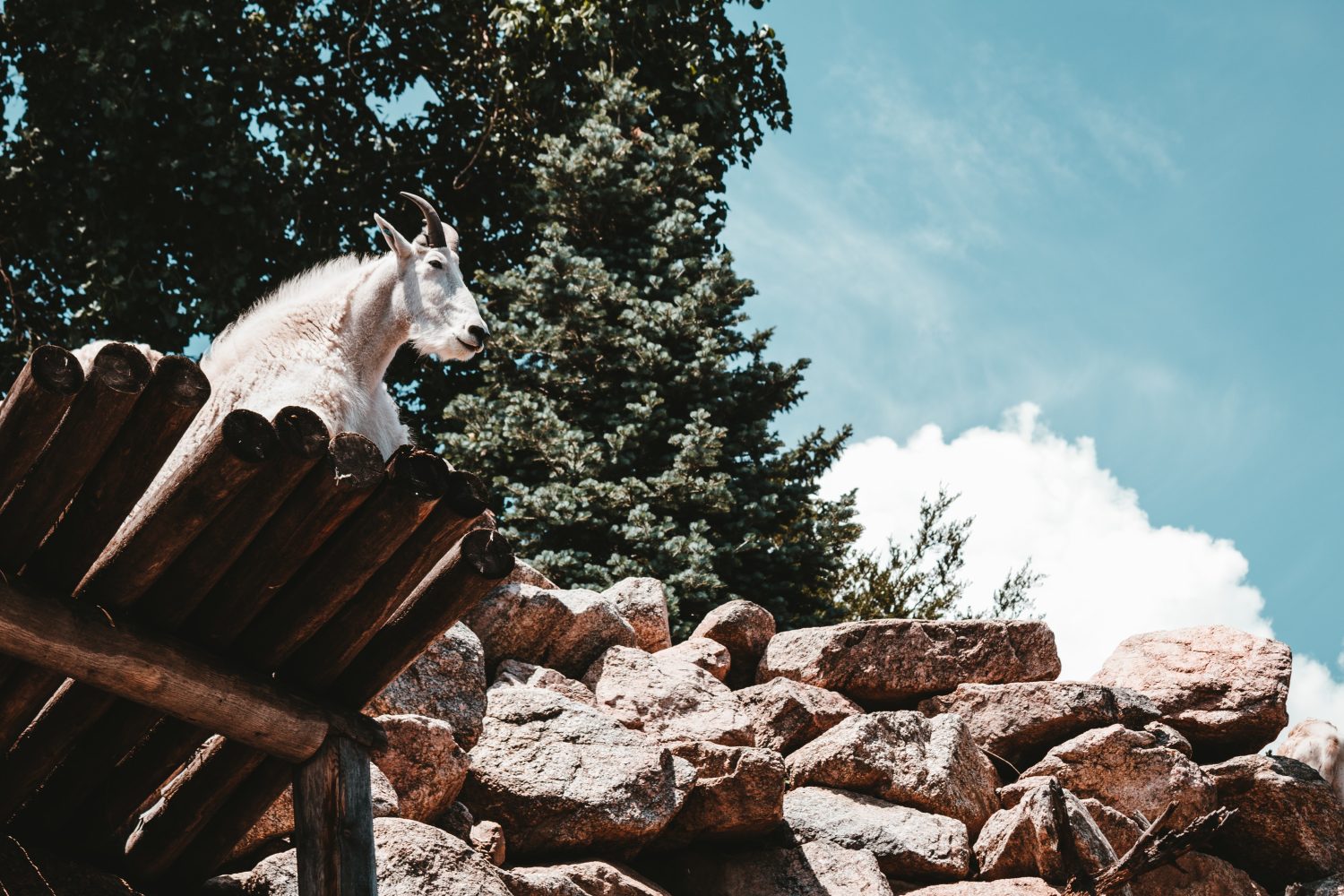
Officials in Colorado have joined the rising chorus of park, game, and marine authorities around the world stepping up to make the same, increasingly louder appeal: Drone flights in natural settings often result in wildlife harassment, and must be entirely avoided.
Colorado park officials remind pilots of hefty fines for buzzing animals in natural settings
On Tuesday, the Colorado Parks and Wildlife administration issued another plea to drone pilots to keep the craft out of reserves, where they risk violating animal harassment laws. The appeal follows similar messages from officials in California, Oregon, Canada, France, and elsewhere for practitioners of the increasingly popular aerial activity: resist the understandable temptation to fly the craft close to creatures in order to shoot stunning video in their natural settings. The noise and proximity of drones, they warn, frequently alarm animals, increases unhealthy stress levels, and can spook them into fleeing that may result in injury from falling or trampling.
Even if absolutely innocent and well-intended, Colorado officials now urge, drone flights that end up adversely affecting animals in natural surroundings violate wildlife harassment laws.
“The definition of harassment is causing any change in the behavior of the wildlife,” said Colorado Parks and Wildlife Field Services assistant director Heather Dugan in Tuesday’s communiqué. “So if the animal runs, if it changes direction, if it stops eating, that’s harassment. Any change in the animal is considered harassment and it’s illegal.”
Given the rising numbers of drone pilots around the world – and corresponding incidence of people deciding to fly their craft in parks, reserves, and other natural spots – authorities in many nations have reminded would-be fliers of the penalties for pestering wildlife. In Colorado, those run from $70 to as much as $125,000, whether the infraction is due to ignorance or willful pursuit of animals.
“In many cases, we seize the equipment to see what video they had to prove their behavior,” Dugan said of violators. “If we proved it, we might elect to request that it’s forfeited as a public nuisance. They’re obviously using it for illegal activities and shouldn’t continue to possess it.”
Problem of wildlife harassment by drone flights rising globally
The highest of convictions and fines are typically aimed at double-offenders: those who not only use drones in harassment of wildlife, but do so as part of their hunting activities.
“If they fly before they take an animal, they’re illegal. If they use the drone to locate an animal they may have shot and wounded, they’re illegal,” Dugan warned. “If we can prove they used a drone to locate wildlife and then killed it, it would be an illegal possession of that animal. That could be a fine of up to $125,000.”
The reasons authorities have felt obliged renew their message are the same everywhere – and emphatically demonstrated by evolving drone statistics in the US. The Federal Aviation Agency says the number of pilots flying consumer drones in the country increased from 1.1 million in 2016 to about 3.5 million this year. That rise in popularity and operation has been similar in many developed countries, where drones flights in natural settings have also increasingly posed wildlife harassment reports.
Part of the problem are the contrasting rules in different places – or the lack thereof altogether. No single rule applies everywhere.
This summer, for example, French authorities began upping their efforts to both dissuade and apprehend drone pilots making flights in any national park, where launching the craft is completely banned – whether near animals or not. Oregon, meanwhile, has been verbally asking craft users to avoid or cease outings above offshore islands that scare nesting sea birds – missions that aren’t formally prohibited by park rules or state laws, but will be next year.
For now, Colorado is appealing to the good sense of pilots by urging them not to fly their craft anywhere there’s a risk they might create problems. If that doesn’t work, fines may follow.
“It’s important for drone operators to understand their surroundings including the impacts to people’s privacy and wildlife health,” said Brian Dreher, terrestrial section manager with Colorado Parks and Wildlife. “Part of being a Coloradan is respecting the natural environment around us. As people pick up drone use as a hobby, they also need to understand the importance of conservation ethics.”
FTC: We use income earning auto affiliate links. More.




Comments